From The Punisher to SEAL Team, film and TV love a brooding, battle-scarred vet—but a new study reminds us that post-service life is a much more complex story to tell. And one we desperately need told right.
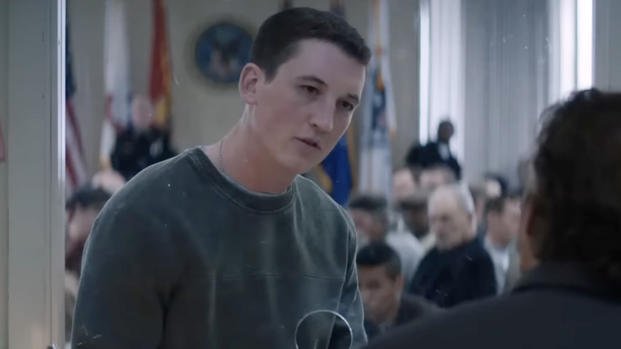
The Real Battle Starts After the War
A new peer-reviewed brief in the Journal of Clinical Psychiatry has put something brutally simple into focus: retired U.S. military veterans face serious suicide risks, especially during the transition from service to civilian life and as they age. The study calls for targeted prevention efforts, long-term mental health support, and easier access to crisis services.
In other words, the fight doesn’t end when the uniform comes off.
But you wouldn’t know that if you looked at how most of pop culture treats veterans. In movies and TV, we either turn them into walking time bombs or into invincible warriors who don't need help. It’s lazy storytelling, and worse—it reinforces the kind of stigma that keeps veterans from seeking support when they need it most.
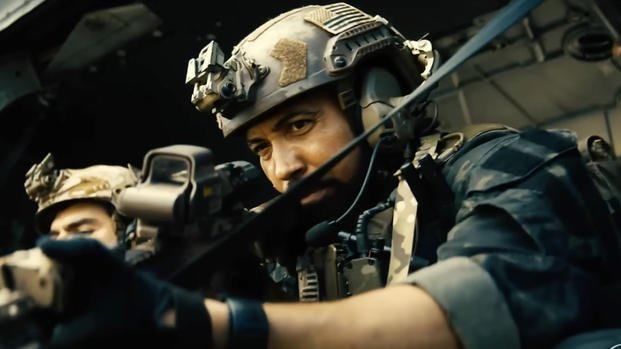
The Hollywood Vet: Locked and Loaded, But Emotionally Flat
Research in The Journal of Veterans Studies outlines three dominant portrayals of veterans in the media: as assets, as liabilities, and as social responsibilities. These portrayals shape not just public opinion, but also how veterans navigate civilian work environments after service. According to veteran transition expert Michael Kirchner (2024), even well-meaning portrayals—like the “heroic leader” or “selfless warrior”—can create unrealistic expectations that lead to disappointment, poor job fit, or even discrimination.
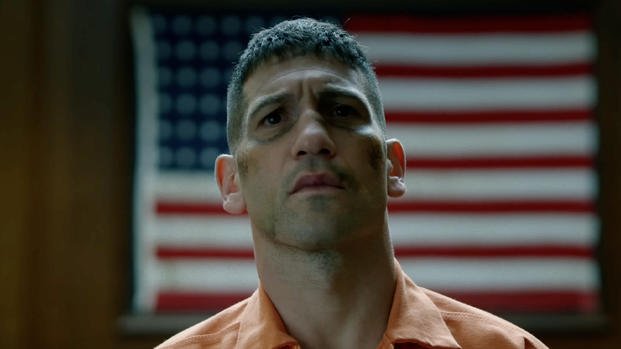
Conversely, more troubling depictions—like the broken, rigid, or volatile veteran—can reinforce hiring biases and make it harder for veterans to find meaningful employment. This framework highlights why it’s not just about how often veterans appear on screen, but also about how they are framed—and what assumptions those frames create in the minds of viewers, employers, and even veterans themselves.
For decades, film and television have leaned on some well-worn archetypes when it comes to veteran characters:
- The haunted assassin with a dark past. (The Punisher, Reacher)
- The quiet loner with tactical genius and zero emotional expression.
- The unhinged time bomb, who’s this close to snapping.
- Or, if we’re lucky, a side character who’s dealt with it all offscreen.
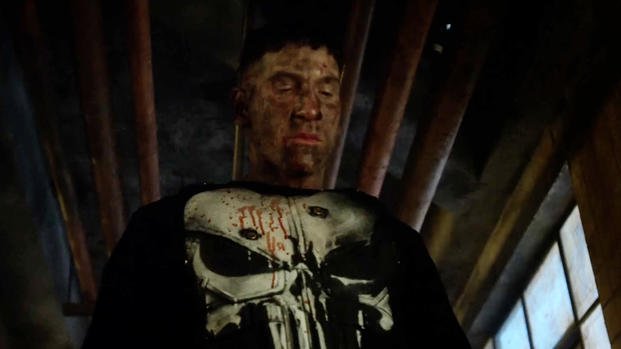
Characters like Frank Castle may be compelling, but they're rarely complete. PTSD becomes a plot device to justify violence or explain isolation, but it's usually not something the character is working through with any real honesty. And that’s a problem. Because for millions of actual veterans, the hardest battles happen off the battlefield, and they’re not resolved by kicking down doors.
When Hollywood Gets It Right (And Why That Matters)
Getting it right isn’t just about accuracy in trauma depiction, but representing the full spectrum of military experience. This includes career transitions. As Kirchner argues, portrayals that pigeonhole veterans as either ticking time bombs or flawless heroes ignore the diverse skill sets that real veterans bring into civilian life.
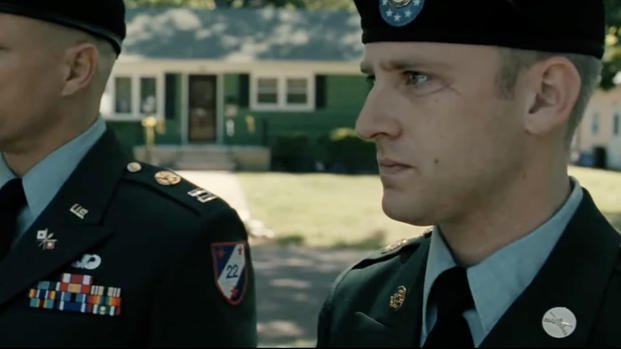
There are examples of films and shows that get it—stories that treat veteran mental health with the complexity it deserves.
- Thank You for Your Service (2017) takes a brutally honest look at how ill-equipped the system is to help those transitioning home.
- The Messenger (2009) handles grief, trauma, and military culture with restraint and realism.
- Leave No Trace (2018) offers a quiet, heartbreaking portrait of a father (and vet) struggling to exist in a world that’s moved on without him.
- Even later seasons of SEAL Team try to examine how combat impacts not just the body, but the psyche, the family, and the soul.
These stories don’t tie trauma up in a bow. They don’t need to. Their power is in how they make space for pain, healing, and human complexity.
What the Study Says And Why Entertainment Should Pay Attention
A newly published brief in the Journal of Clinical Psychiatry (Oct 2025) adds further nuance to this issue. The study found that veterans medically retired due to disability face a significantly elevated risk of suicide—about 32% higher than the overall veteran population. In contrast, veterans who retired based on length of service had a lower suicide risk, potentially due to financial stability, social support, or stronger coping mechanisms. This underscores that not all retirements are alike—and why both media narratives and mental health interventions need to account for the specific risks tied to involuntary or medically based retirement. While the transition period remains a known high-risk time, the long-term mental health outcomes vary greatly depending on the nature of a veteran’s exit from service.
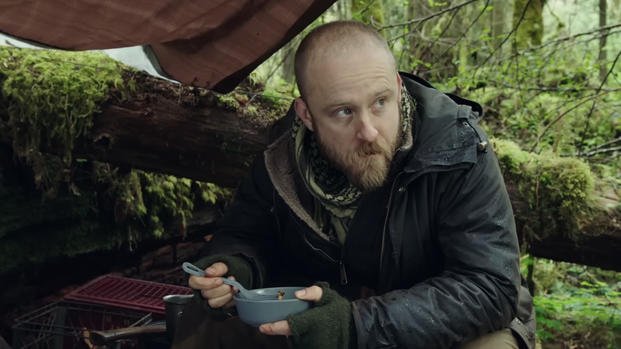
Let’s break it down:
- Veterans are at a higher suicide risk in retirement, especially in the transition phase.
- Access to care matters—not just immediately post-service, but for the long haul.
- Stigma is still a major barrier to seeking help, especially among older or long-retired vets.
So, what does this have to do with TV?
Everything.
For many Americans, movies and shows are the lens through which they understand military life. When that lens is cracked, distorted, or shallow, it doesn’t just misinform—it can actively do real harm.
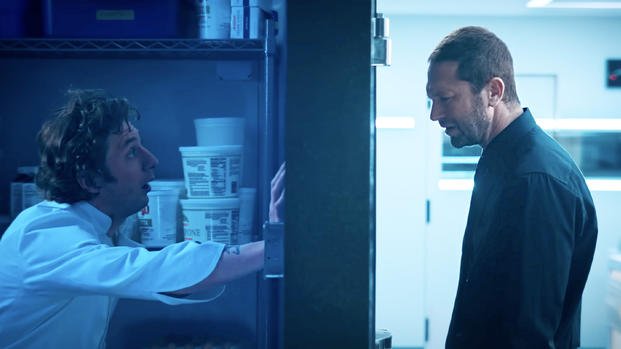
Streaming Is the New PSA—So Let’s Use It
Look at what shows like The Bear, Reservation Dogs, or Maid have done for public awareness around mental health, generational trauma, and economic hardship. They don’t preach. They tell the truth, with empathy, nuance, and character.
Imagine what a Friday Night Lights-style drama could do if it centered on veterans navigating civilian life, mental health care, and family dynamics. Not a glossy, high-octane military thriller. Not a propaganda piece. Just real people. Real struggles. Real recovery.
And it doesn’t have to be grim. It just has to be real.
The Next Chapter Is Ours to Write
Hollywood doesn’t need to stop telling stories about war, but it does need to start telling the stories that come after war. The stories where seeking help isn’t a sign of weakness but strength. Where healing is a real possibility. Where the heroes don’t always win, but they fight like hell anyway.
Behind every uniform is a human being, and the more honestly storytellers tell those stories, the better chance we have of making sure the people who are struggling or need support are seen, and maybe—just maybe—less alone.
















